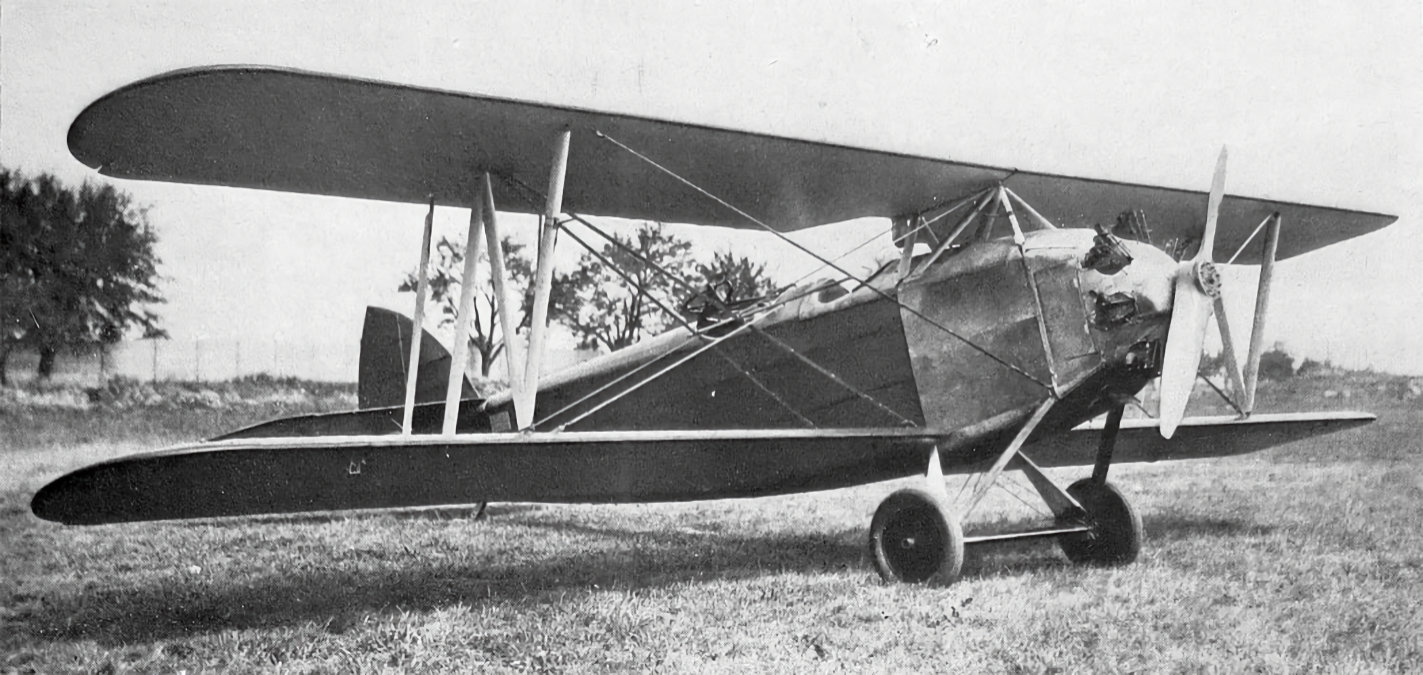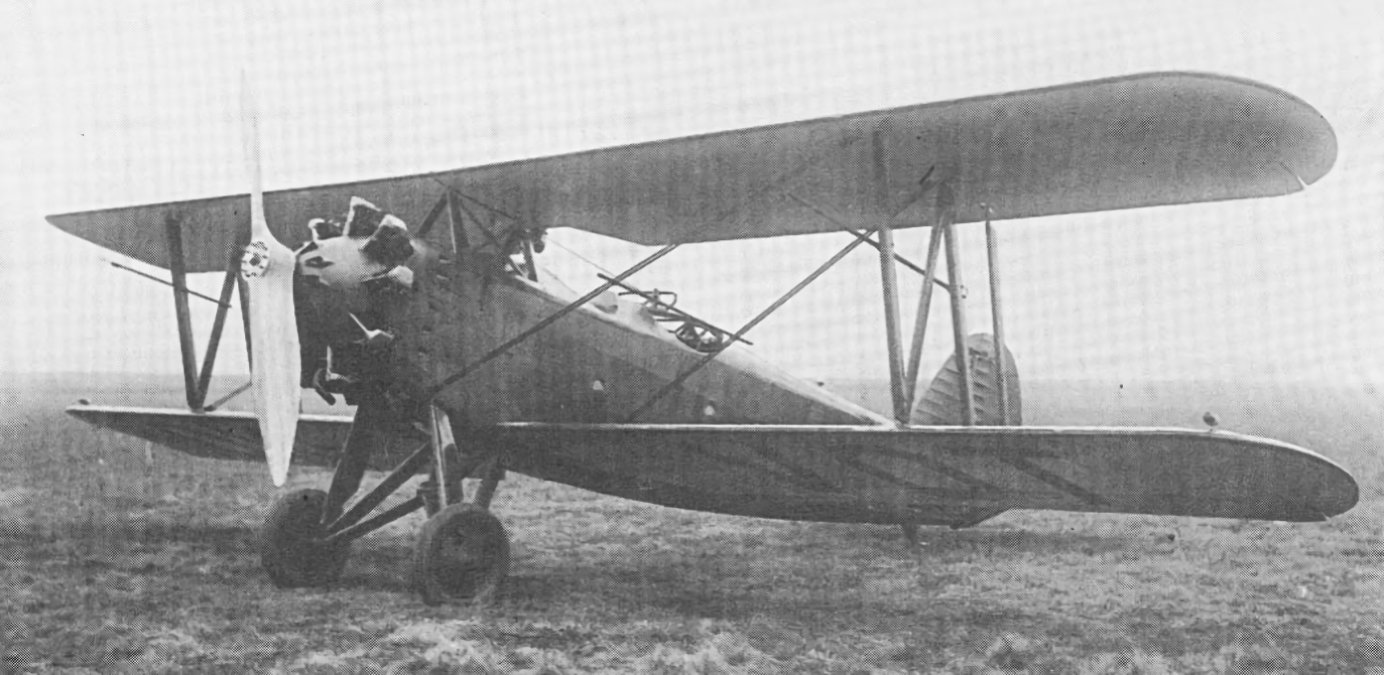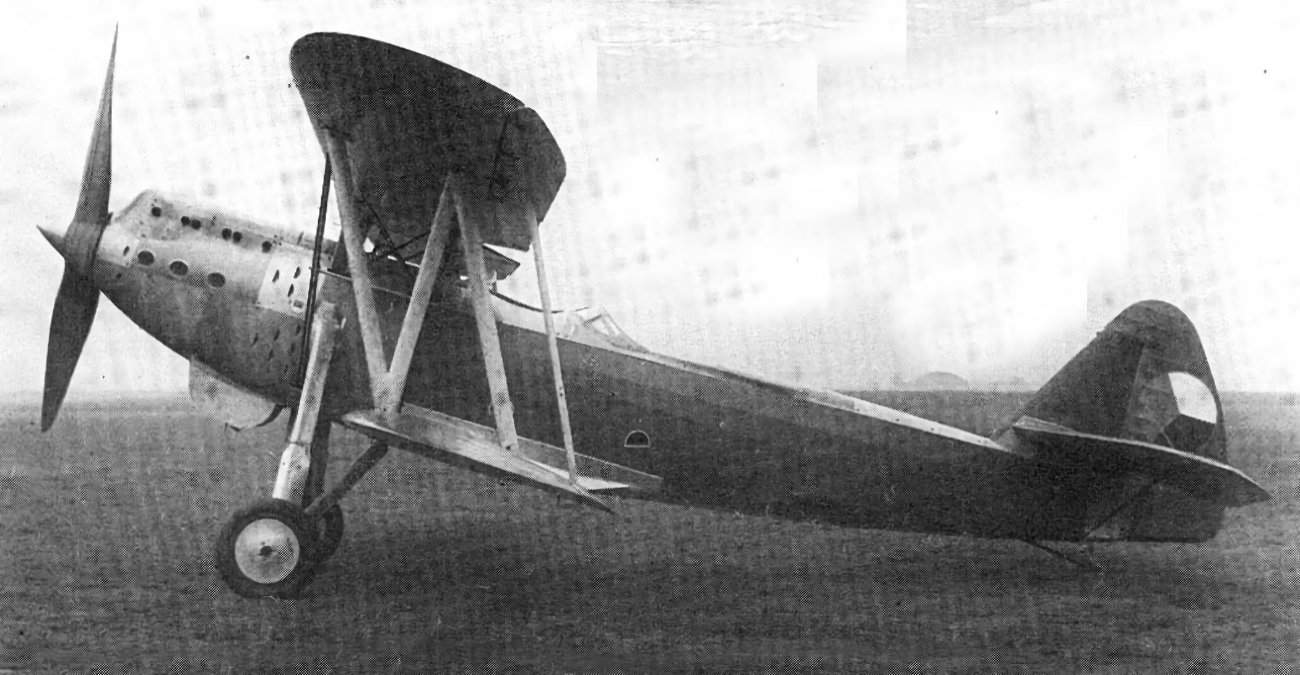Tag: airplane
-
Letov S-28

Letov S-28 Designed as a replacement for the Letov S-16 two-seat biplane bomber, the Letov S-28 first flew in 1929. Powered by a Walter Castor 1 engine of 176 kW, it was found to be underpowered. After flight testing, it was modified to accommodate a Walter Jupiter VI of 330 kW. Letov found that the modification… Read more
-
Letov S-128

Letov S-128 Developed from the underpowered Letov S-28, the S-128 had a strengthened forward airframe and more powerful Walter Jupiter VI engine of 330 kW. Although it failed to meet military requirements, it was ordered into production, primarily to keep the factory busy. A total of 12 production aircraft were built. Read more
-
Letov S-428

Letov S-428 Powered by an Avia VR-36 V-12 liquid-cooled inline piston engine of 740 hp, the Letov S-428 was a close support version of the Letov S-328. Only one prototype was built. Read more